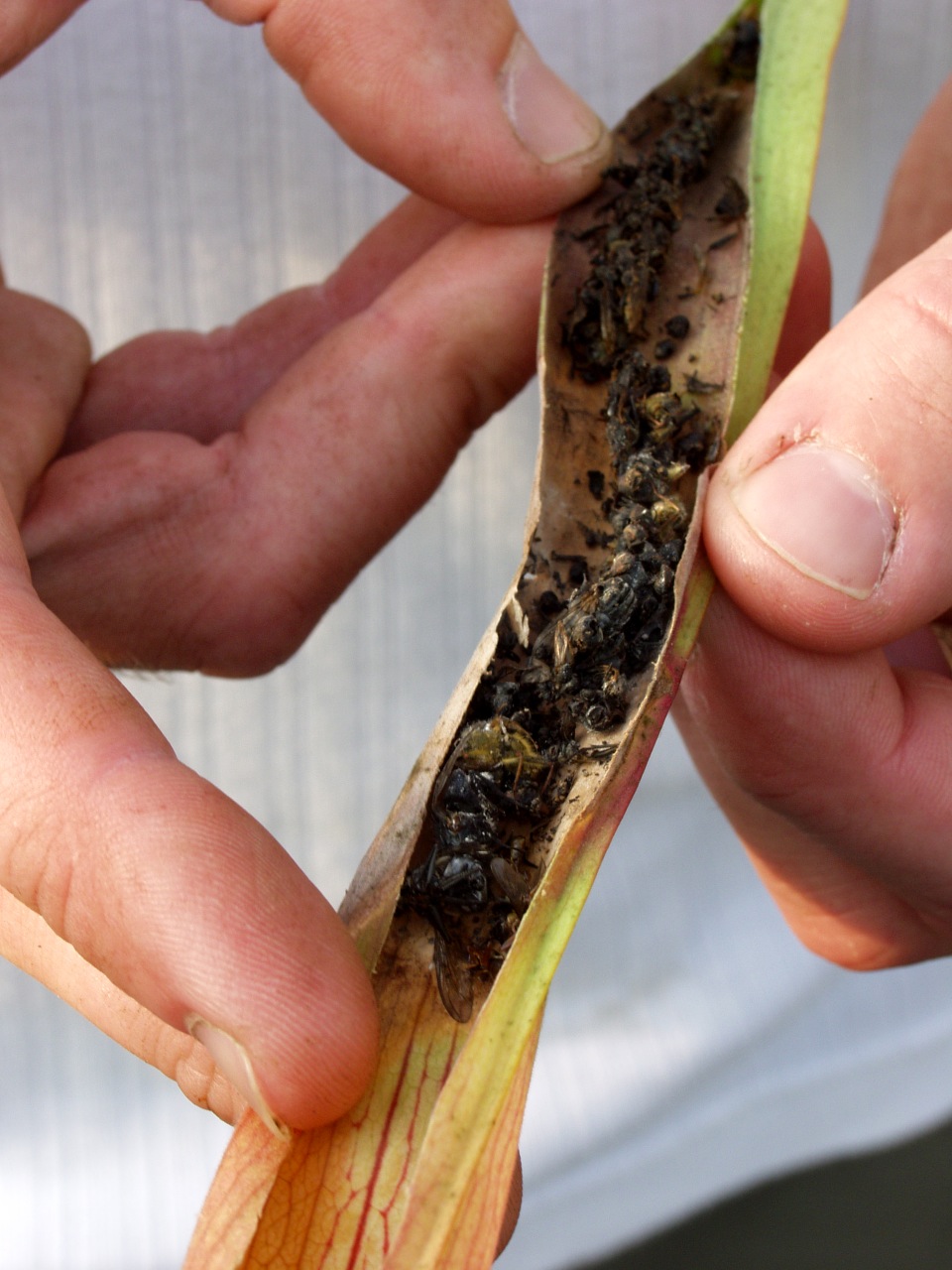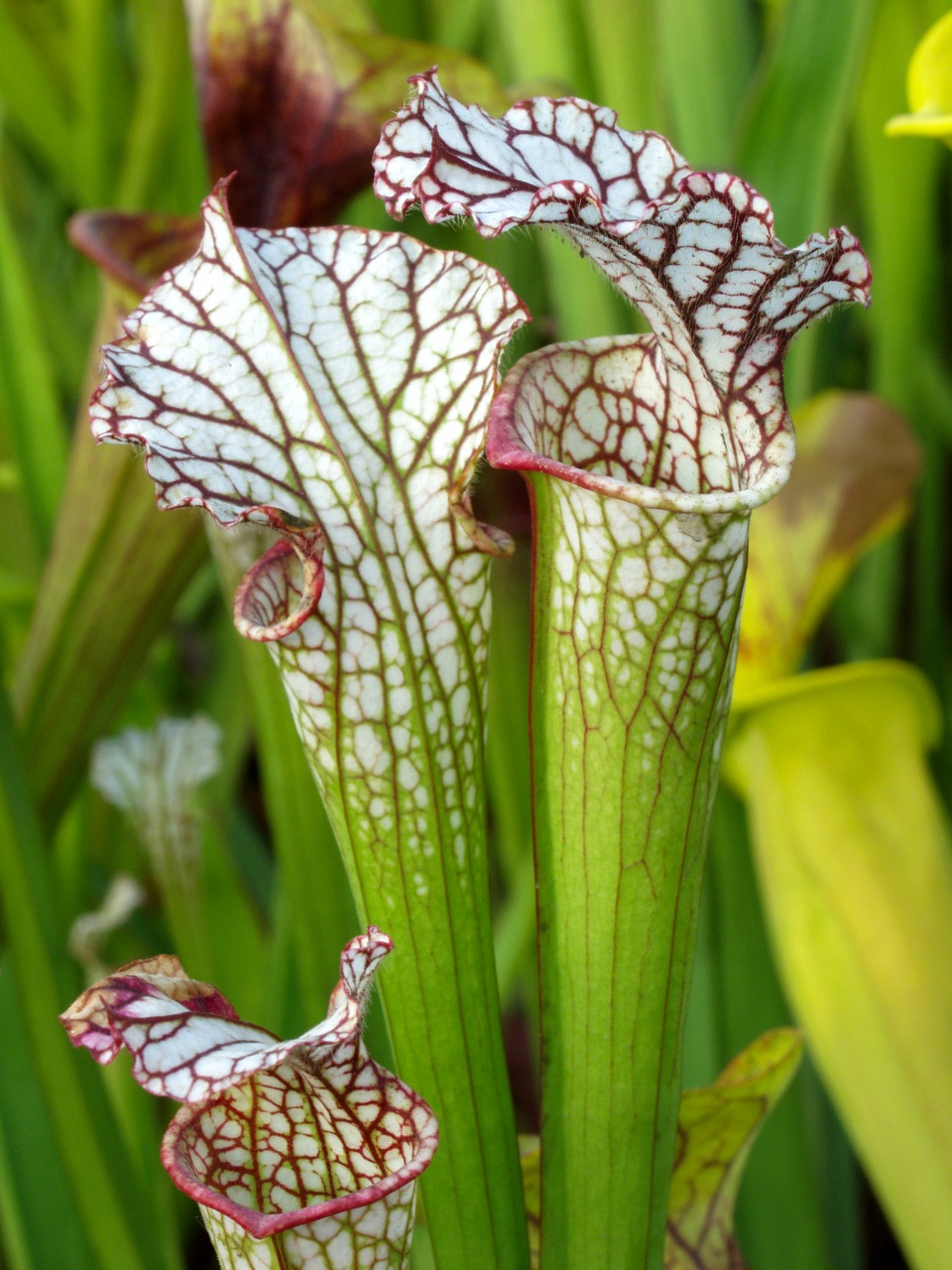
I like to think that there are very few real pests in the garden and the greenhouse. Most of the issues the gardener faces are ephemeral, a passing phase and more a meal for a larger predator than a real problem. That to me is the secret in pest control; find the creature that feeds on the problem you are encountering.
Of course out in the garden there is a wider variety of pests and predators and a larger habitat for them all to live in. The glass panes of your greenhouse and its structure may well preclude some predators from entering in and indeed the warm greenhouse climes can mollycoddle all manner of bugs and beasties giving them a head start in their lifecycle.
Marry your pests to a predator
If you start with one of the earliest greenhouse sapsuckers, it would have to be the aphids. My glasshouse normally has one or two queen wasps emerging in March and I have watched these yellow and black beasties make short work of aphids feeding on my seedlings, cuttings and overwintering plants. As the weather warms I have been known to spend an hour harvesting ladybirds from their resting places in the garden and moving them into the protection of the greenhouse to breed. The adults eat aphids, but it is the fantastical larvae that are the best pest munchers. It’s all a case of harnessing the bug eat bug process of nature. Now you could spend some serious money on some biological controls, these are commercialized predators, bred in their thousands to be released into the protection of your greenhouse. I wouldn’t splash out for aphids, but if you have some more persistent ‘pest’s such as greenhouse whitefly or the dreaded mealy bug, these naturally occurring pest controllers are far kinder to the environment, your plants and your health than any pesticide you are planning to use.
Poison Planet
Personally I would not recommend you spray any pesticides in your garden or greenhouse. One treatment of an insecticide will upset the natural balance of your garden. Insecticides are not selective, they are designed to kill insects, any insects and that includes the beneficial ones that you do want in your garden. Like the ladybirds that we revere for eating aphids, the hoverflies that do the same, the honeybees and bumblebees that pollinate our flowers and the butterflies that sup nectar from our blooms. The natural food chain is a delicate balance. If one part of the chain is missing something will go hungry and the imbalance will have knock on effects. Think about the insect eating birds that feed on the spring explosion of aphids and caterpillars, these are our garden friends, nature’s bug busters, who are already compromised by habitat loss and worse. But you could also kill the insect predators that feed on the smaller bugs and indeed if you have invested in biological controls, you will knock out the very beneficial creatures that you purchased to deal with your pest explosion.
Blood and gore

There is another weapon in pest control for glasshouses that is rarely utilised in the average greenhouse. Carnivorous plants. We all know about Venus flytraps dissolving flies and pitcher plants that capture and absorb flies and wasps from the glasshouse roof. These are fantastic at catching all sorts of flying insects and can make a real difference in the greenhouse. But there are others such as the butterworts that have sticky, glandular leaves that attract, trap and then digest insects to supplement their diet. Great for greenhouse whitefly and also fruit flies and fungus gnats all summer greenhouse pests. In fact you could use them to monitor the flying pests in your greenhouse much as you might place a yellow sticky trap above your plants. Plus they have beautiful flowers too.


